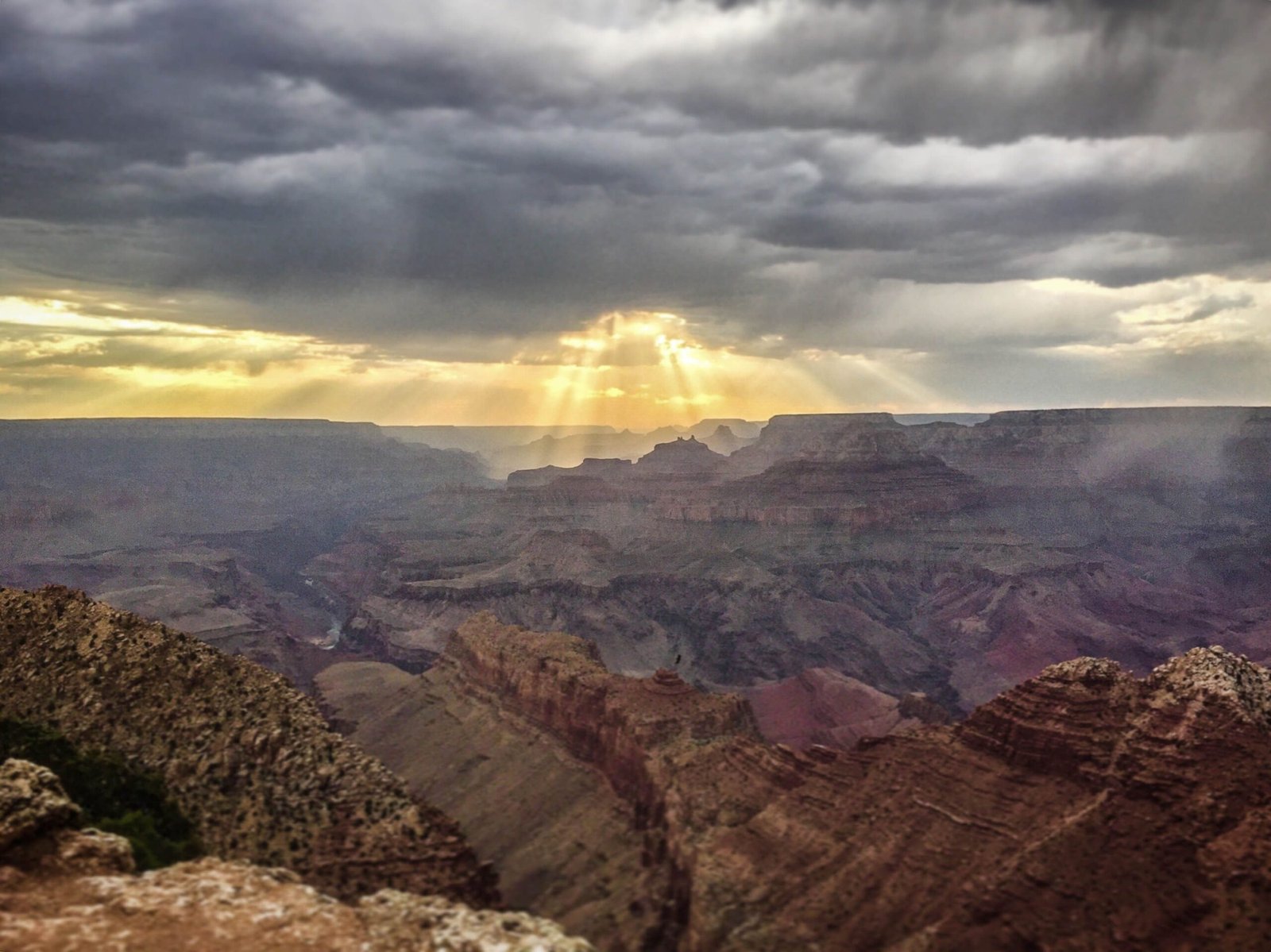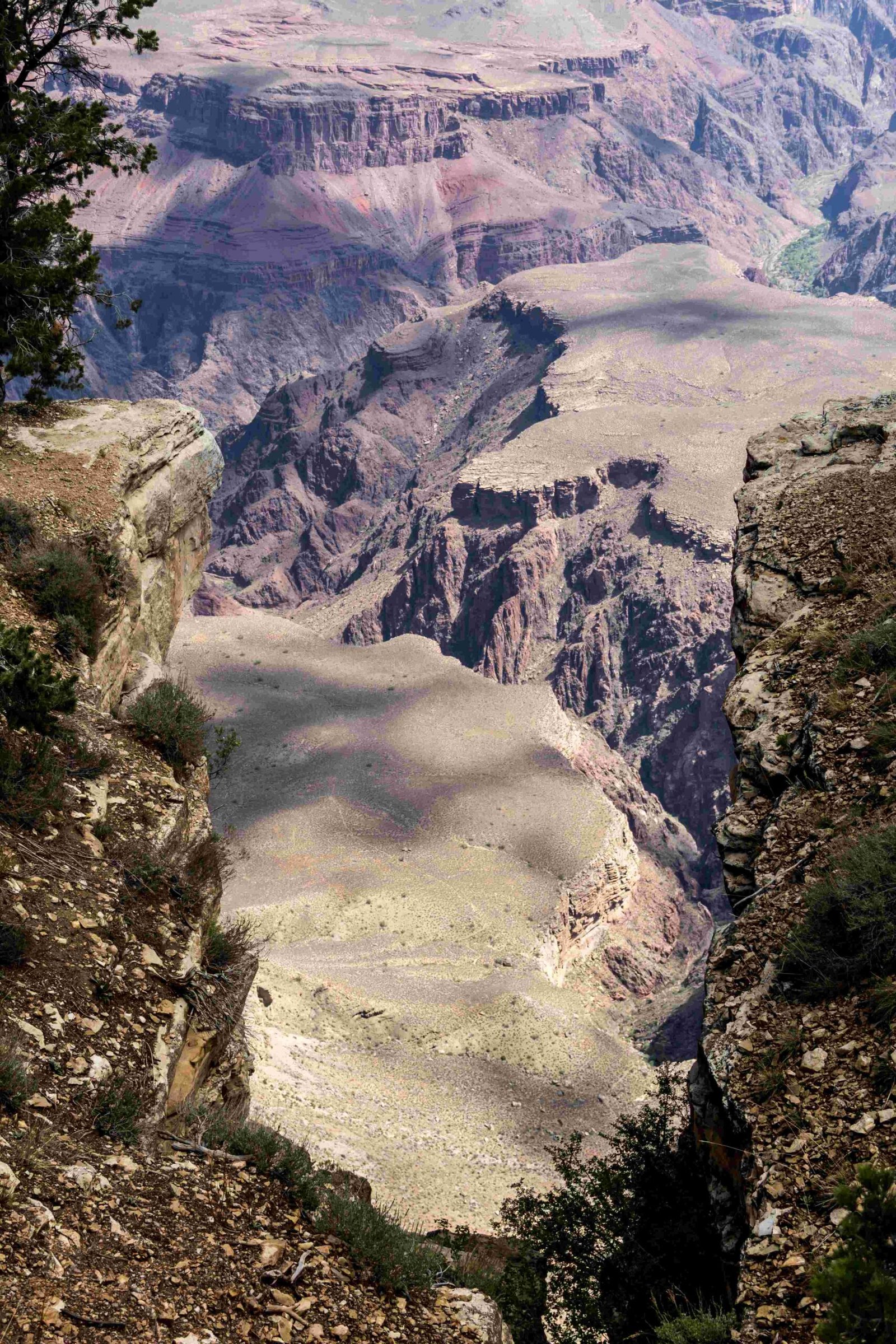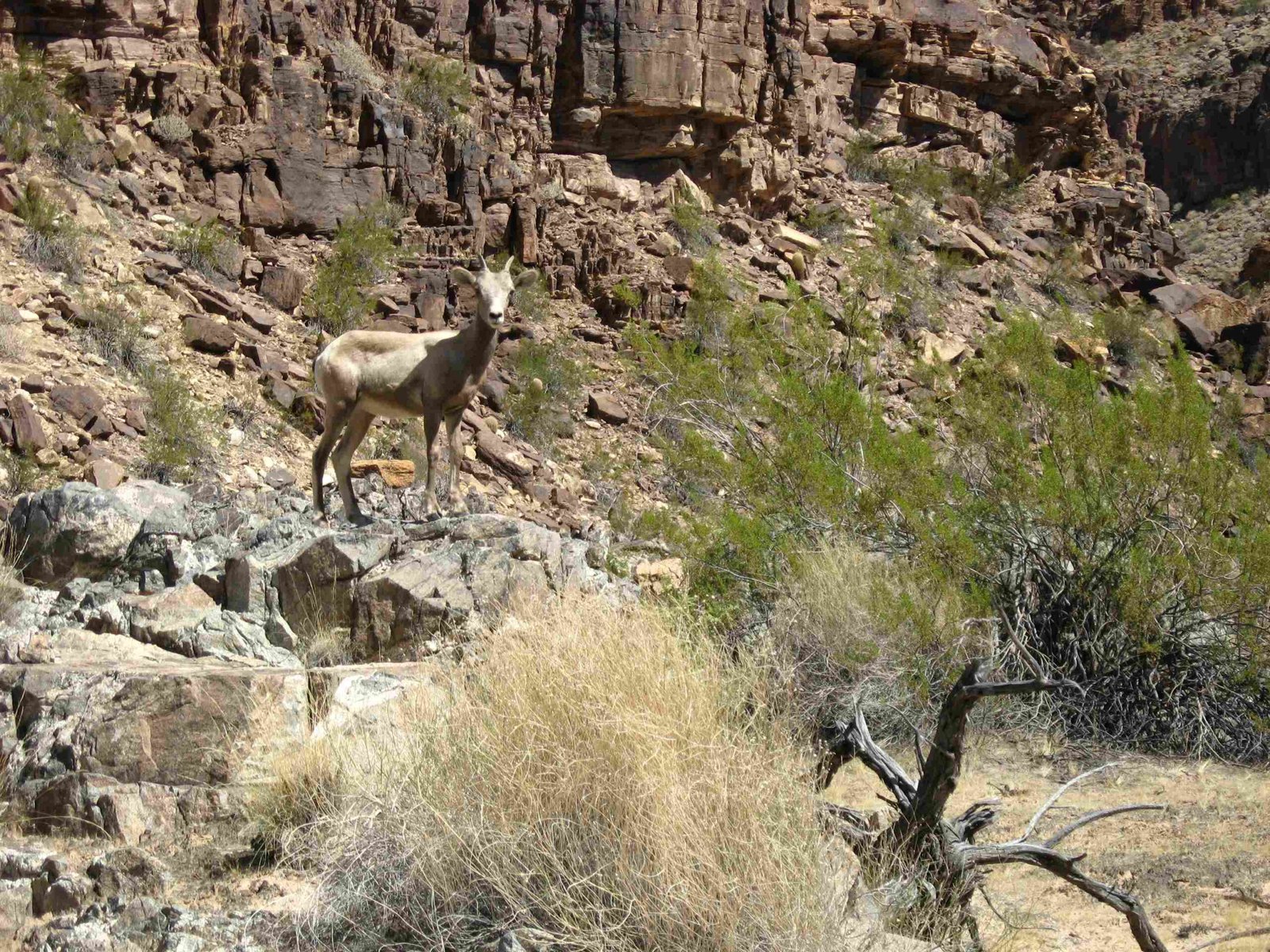The Grand Canyon emerged through a remarkable geological transformation driven by the Colorado River’s relentless erosive power. Over approximately 5-6 million years, water systematically carved through sedimentary rock layers, creating one of the world’s most spectacular natural landscapes by continuously cutting, wearing, and reshaping the terrain through hydraulic action, sediment transport, and persistent downcutting.
What Caused the Initial Formation of the Grand Canyon?

Water Erosion: Primary Mechanism of Canyon Creation
The primary action that formed the Grand Canyon was water erosion, specifically executed by the Colorado River. This process involves several critical mechanisms:
- Hydraulic Cutting: River’s powerful water flow
- Sediment Abrasion: Rocks and debris wearing down canyon walls
- Chemical Dissolution: Gradual rock breakdown through chemical interactions
Erosion Rate and Timeline
| Geological Period | Erosion Characteristics |
|---|---|
| 5-6 Million Years Ago | Initial canyon formation begins |
| Continuous Process | Approximately 3 cm erosion per 100 years |
| Current Status | Ongoing geological transformation |
What Geological Factors Contributed to Canyon Formation?
The Grand Canyon’s formation resulted from multiple interconnected geological processes:
- Plateau Uplift: Colorado Plateau’s tectonic elevation
- River Gradient: Steep river drop creating intense erosive potential
- Rock Layer Composition: Varied sedimentary rock types with different erosion resistances
How Did Rock Layers Influence Canyon Development?
The canyon’s distinctive appearance stems from exposed sedimentary rock layers representing different geological epochs:
- Paleozoic Layers: 550-250 million years old
- Mesozoic Remnants: Partially preserved western canyon sections
- Cenozoic Deposits: Recent volcanic and sedimentary formations
What Scientific Techniques Help Understand Canyon Formation?
Geologists employ multiple research methods:
- Stratigraphic analysis
- Radiometric dating
- Sediment composition studies
- Topographical mapping
Why Is the Colorado River So Effective at Erosion?
The river’s erosive power results from:
– High water volume
– Significant sediment transportation
– Consistent flow pattern
– Steep vertical drop
Unique Geological Characteristics

The Grand Canyon represents more than a simple river valley. Its complex formation involves:
- Differential Erosion: Harder rock layers creating dramatic cliff structures
- Continuous Landscape Modification: Ongoing geological transformation
- Diverse Rock Composition: Multiple geological epochs represented
Visitor Exploration Opportunities
Tourists can explore and understand canyon formation through:
– Ranger-guided geological tours
– Visitor center educational exhibits
– Interpretive trail information panels
Conclusion
The Grand Canyon exemplifies nature’s extraordinary geological sculpting capabilities, demonstrating how persistent water erosion can transform landscapes over millions of years.

